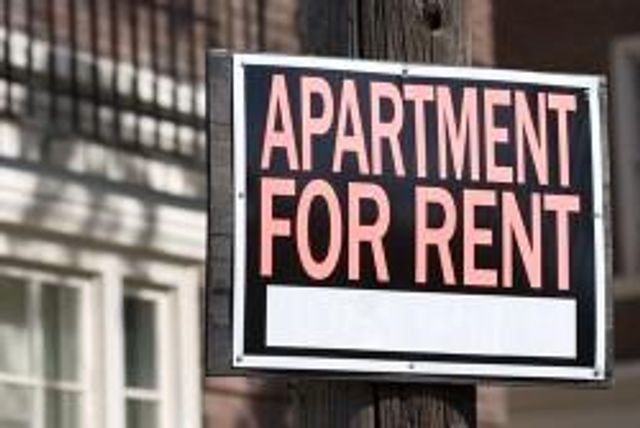Apartment Rentals in South Africa have increased
SA apartment rentals on the increase
Apartment rentals in South Africa have increased by an average of 14.07 percent in the past two years.
The average rate of growth has slowed this year to just over six percent, or approximately the rate of inflation, compared to around eight percent in 2013, and the 10 percent annual increases that were the norm historically.
This is according to the Residential Rental Index, compiled by Trafalgar.
Trafalgar MD, Andrew Schaefer, says the average rate of growth has slowed this year to just over six percent, or approximately the rate of inflation, compared to around eight percent in 2013, and the 10 percent annual increases that were the norm historically.
He says, in fact, rentals have declined in certain areas compared with 2013, and this illustrates the increasing strain that has been placed on the household budgets of both tenants and landlords this year by higher food, fuel and transport costs, rocketing utility costs and higher debt repayment costs due to the 0.75 percentage point increase in interest rates.
Schaefer says the rising cost of living has severely limited the ability of tenants to absorb rental increases and, despite the fact that their own bond repayments and operating costs have also risen, many landlords have opted for lower rent increases - and sometimes even rent reductions - in order to keep quality tenants with a good record of payment rather than risk a vacancy or having to go through the process of finding a new tenant.
And there is a shortage of quality tenants, he says, which is likely to increase due to the weak economy and growing employment uncertainly. According to the latest figures from the TPN Rental Payment Monitor, only about 56 percent of credit active consumers are in good standing at the moment, and in the R3 000 to R7 000 per month category, which accounts for the majority of tenants, only 73 percent are currently paying on time and in full.
“In addition, tenants tend to ‘double up’ by moving in with family or sharing with friends in tough economic times, and this reduces the overall demand for rental units.”
With December 2012 as its baseline, the Trafalgar Residential Rental Index is based on a comparison of the rentals for unfurnished two bedroom flats in Trafalgar’s residential letting portfolio, which comprises over 10 000 rental units countrywide, and it also reveals how these rentals have fared in different major metros over the past two years.
Cape Town has done best, achieving an average increase of 14.56 percent since December 2012, with Durban next at 10.28 percent and Port Elizabeth just behind that at 10.17 percent. Johannesburg has been the worst performer, with a recorded increase of just 6.32 percent in the past two years, except in the areas making up the Inner City, where large-scale upgrading and rejuvenation combined with rapidly rising demand have boosted rentals by 19.25 percent.
Schaefer says according to the index, the Inner City was also the only area to record a bigger increase in rentals this year than in 2013, which underlines their contention that urbanisation is the major trend for buy-to-let property investors to follow in the next few years.
This will not only bring many more prospective tenants into the apartment market but, given the inadequate supply of new units since 2008, ensure good capital growth for those who invest in apartments in the major urban centres, he says. “Indeed, independent reports confirm that this is already the case in the Cape Town CBD for example, and in the ‘downtown’ areas of smaller cities like Polokwane and Mbombela.”
The urbanisation trend, he says, will be further strengthened by the rising demand in many centres for off-campus student accommodation to rent as the number of people attending universities and other tertiary institutions continue to grow.
“Meanwhile, we anticipate that as interest rates are ‘normalised’ over the next 18 to 24 months, there will be a growing number of consumers for whom homeownership is unaffordable.” He says this should help landlords retain existing tenants and hopefully gain new ones, although it is unlikely that most will be able to raise rentals by much more than the annual rate of inflation for the foreseeable future.
Source - Property24

